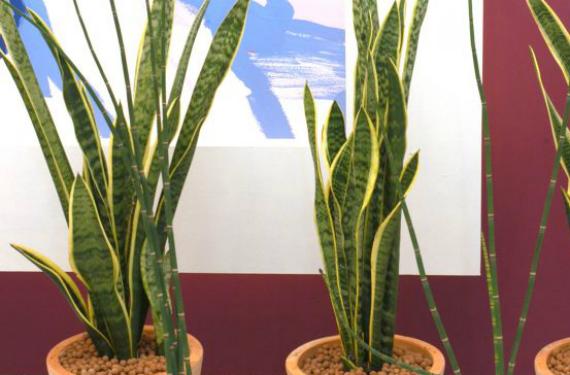
We know that plants need light in order to survive. However, there are some that are very resistant and tough, so the lack of sunlightit does not end them. Some of these plants are the Sanseviera, the Potos, the Fitonia and the Fern.
The Sansevieria It is an indoor plant that withstands any type of temperature and humidity. It is usually ideal for places without light, although it can also be placed in bright places, although not in direct sunlight. Irrigation is very scarce, with watering it once a month it comes without problems. We can place it in a room where there is no window. As we can see, it is a very easy plant to grow.
The Homies it is also indoor and surprisingly resistant to low light. It has always been known that it is a plant that likes light very much, however, it survives perfectly if it. It does not require much watering, as it can cause yellowing of the leaves.
The Phytonia It is a plant with beautiful leaves that supports the lack of light well. The need for humidity is very high, making it ideal for bathrooms. Watering should be done a minimum of four times a week. To maintain the humidity of the plant it is convenient to spray the leaves of the plant with water.
There are numerous kinds of Fernsbut most of them are very resistant to low sunlight. It also needs moisture, so the substrate must always be wet.
All these plants perfectly resist the lack of sun, however, this is not always the case, and depending on the area where we live, the place where we place them or the environmental conditions, they will withstand the lack of light or not.
Therefore, if we see that these plants are dying in the shade, we can move them to a place with light for a few hours a day, or if we do not have time for this, we can leave them one day near a window or balcony where they can enjoy of the sun.
More information – Anti-stress plants to enjoy in the office.
Photo – Homeutil.

